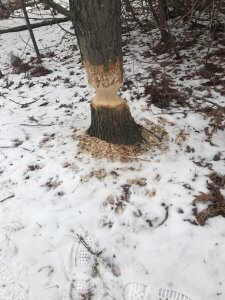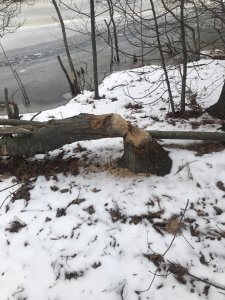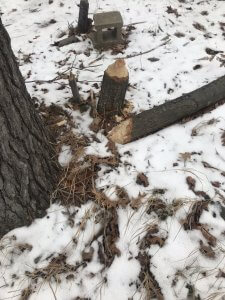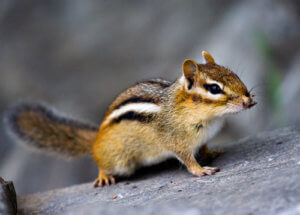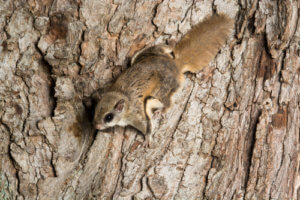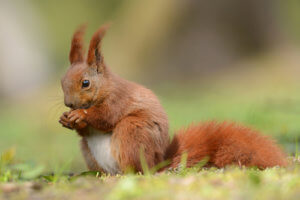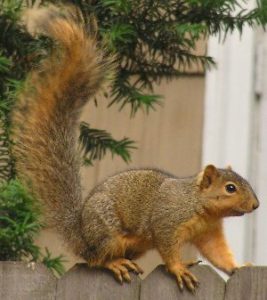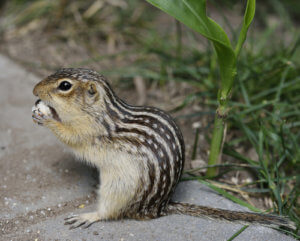The leaves are fading to vibrant shades of crimson, orange, and chartreuse, silently falling to the ground. The mornings are foggy and crisp, the darkness stretching each day. You’ve taken the sweaters out of their storage bins and began to wear them proudly; apple cider and pumpkin spice quite literally fill the air. The downside of all things fall, though, is that rodents are packing their bags to move into your home for the winter, too.
Why are Mice Moving into Your Home?
As we’ve previously talked about before, as temperatures drop, rodents are drawn to sources of potential food and heat. Most assuredly, they will find creative ways to enter a structure: through open windows and doors, cracks in walls, vents, pipes, you name it, and they will try it! There are some main attractants to rodents when they are seeking solace:
-
You haven’t kept up with landscaping maintenance.
Having plants close to buildings and failing to rake up leaves that pile against foundations are open invitations to rodents. They hide amongst the vegetation while searching for an opening, and you may never notice them. Instead, keep plants and accumulated leaves at least 2 feet away from your home, trim weeds, and never allow debris to collect against the house.
-
You haven’t prepared your house for the chilly weather.
If you have not inspected weather-stripping, cracks, and other areas of weakness, then you have opened your home to wayward rodents. Ensure you seal any gaps around windows and doors, even checking where you may have made repairs last season— as weather-stripping and caulking are known to crack with temperature fluctuations.
- You haven’t rodent-proofed your exterior.
If you’re not checking the exterior of your home for weaknesses, then mice may be able to crawl right into your home. Have you had any home repairs or installations? Check to see if sealing around cable wires or plumbing is intact. Rodents can crawl up sewage pipes and plumbing, so seal off around the areas where these pipes enter your home. Additionally, if you have outdoor vents or intend to keep any windows open, fit them with screens to keep mice out. - You haven’t made your home inhospitable to rodents.
If you’re not placing traps in potential rodent hot spots and deploying repellents, then you’re giving mice the go-ahead to move in. Try using glue traps to monitor your attic or basement – since these traps will catch both mice and insects, they will let you know if you have a problem. Just be sure to inspect them regularly. Additionally, use natural scent repellents in pantries or drawers and ultrasonic repellents in basements, attics, and rooms with non-rodent pets.

